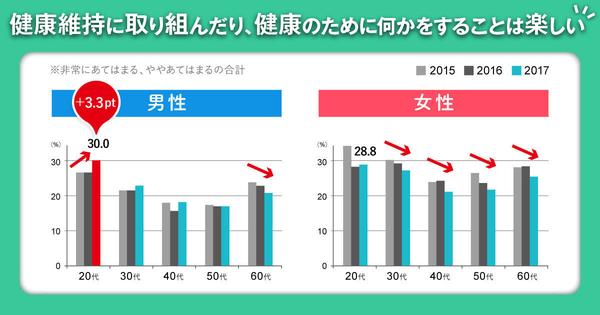The health awareness and behavior patterns of 10,000 people are divided into seven categories. From "Digital Health" to "indifference" [Dentsu Survey]
Dentsu announced the results of the 15th Health Survey of 10,000 people carried out by Dentsu Health Care team, an internal organization of the company. The health consciousness and behavior of life were divided into 7 types by cluster analysis. In addition, statistics are made on the cost of health goods, the symptoms of worry now, the symptoms that you want to pay attention to in the future, online diagnosis and treatment, and the utilization rate of smartwatches.
The three types of high care layer, low care layer and non-care layer are subdivided into 7 types.
1/6Illustration
Illustration

Illustration
Illustration
The cost of health goods (monthly) "health products, health food, beverages, etc."
For health services (monthly), fitness, massage, etc.
First of all, in the cluster analysis according to the type of health awareness / action, it can be divided into three types: high care layer, low care layer and non-care layer, and seven target layers. [layers of interest] 1. Digital health care layer 2. Physical and mental health will layer 3. Classical healthy living layer [lower interest layer] 1. Psychological anxiety layer 2. The mood is positive layer 3. Healthy low-heart layer [irrelevant layer] 1. Everything is an indifferent class. Secondly, they have scored themselves on the "healthy living degree", the "satisfaction degree" and the "happiness degree" of how much they have taken care of their "healthy" life in the past year. The results are 55.4 points for "healthy living" and 53.5 points for "satisfaction". The score of "happiness" was 58.1, which was lower than that of the previous year's survey. However, more than 60% of all projects answered "want to improve". The average "cost of health goods (per month)" is 1380 yen, which is also 149yen less than last year. So far, men in their 40s have spent the least in terms of sex and age, but this time, there has been a sharp decline in the number of men in their 20s and 30s, with both men and women showing a trend of increasing amounts proportional to age. Compared with the 20-30 generation that is confident about the body and health, the relative cost of the 40 generation is considered to have increased, taking into account the secondary health damage caused by the coronal disaster and Freel.
What are the symptoms that you care about?
Utilization intention of online diagnosis and treatment
Specifically asked about "the symptoms of current annoyance", "mental stress", "eye fatigue" and "white hair" were in the forefront, while for "mental stress" and "white hair", more than half of the people did not take any special countermeasures. In addition, among the symptoms that have no symptoms at present but want to pay attention to in the future (symptoms with high awareness of prevention), "forgetting things", "osteoporosis" and "visceral fat" are at the top of the list. In recent years, the increasing attention of "online diagnosis and treatment", the experience rate is only 4.4%, but "although it has not been used, but want to use it in the future" 34.4%, there is room for expansion in the future. In addition, equipped with a variety of sensors, can also be used for health management "smartwatch", the retention rate of 15.6%, still stays at a low value.
Summary of the survey:
[survey subjects] online survey of men and women of the 20th and 1960s generations in Japan (survey agency: Dentsu Macro Media website) [survey time] September 21-24, 2021 [number of effective answers] 10000 (sexual age, geographical composition ratio and population composition ratio recovery)
